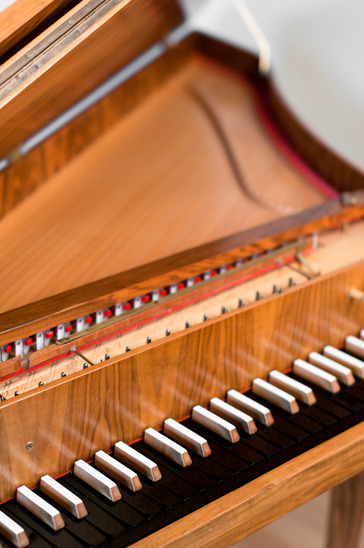Pianos today are one of the most popular instruments and are widely played throughout the world. But how did this instrument get its start to grow to such popularity today?
Stringed instruments date back to the ancient world. The earliest types were created by attaching strings to gourds, boxes, and other similar items. People would then pluck the strings to make music. These simple instruments steadily grew more complex, and in 14th and 15th century Europe, people added keys to their instruments to play them. During this time period, the harpsichord and clavichord were invented. These were instruments that were similar to pianos but with some significant differences that limited how effective they were. The harpsichord’s playing volume couldn’t be varied, which made it less expressive. The clavichord on the other hand was more expressive, but it was too quiet.
The earliest version of the modern piano was invented in the early 1700s in Italy by Bartolomeo Cristofori. Originally called the pianoforte, this new instrument solved the problems of the harpsichord and the clavichord. Its volume was controllable, and it was loud enough for large performances. These early pianos were fairly similar to today’s pianos. However, they were smaller and lighter- one of Cristofori’s models weighed about six times less than an instrument made today.
The first half of the 19th century brought about the Industrial Revolution, which changed many aspects of life in the western world. The piano too underwent changes during this time, transforming it into the instrument that it is today. For one, changes in the metal industry allowed people to produce higher-quality piano wire, which gave the instrument the more powerful sound that’s heard today. As well, it allowed for the piano to be made with a stronger iron frame. Other innovations that changed the piano into what it is today include using felt hammers instead of leather or cotton ones, reversing the colors of the piano keys from black to white, and increasing the tonal range of the pianos from five octaves to seven, which allowed for more complex music.
Music around the world would not be the same without the piano and all of its changes throughout the years. Whether you’ve been playing since you were a child, or “learning the piano” has been on your bucket for years, there is a perfect piano solution for you – just give us a call and we would be glad to help you put piano music into your life.



Speak Your Mind